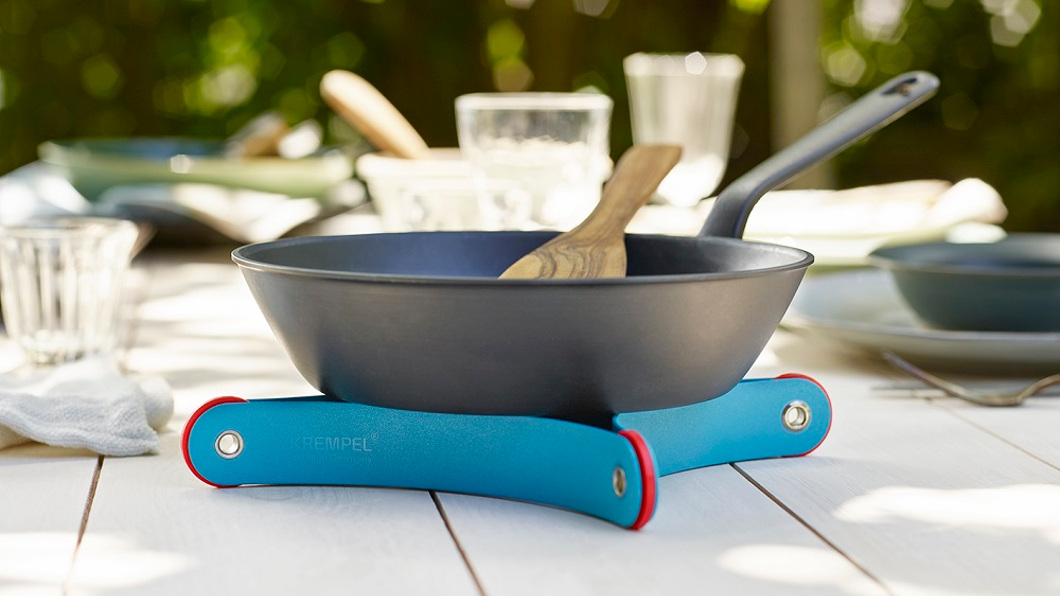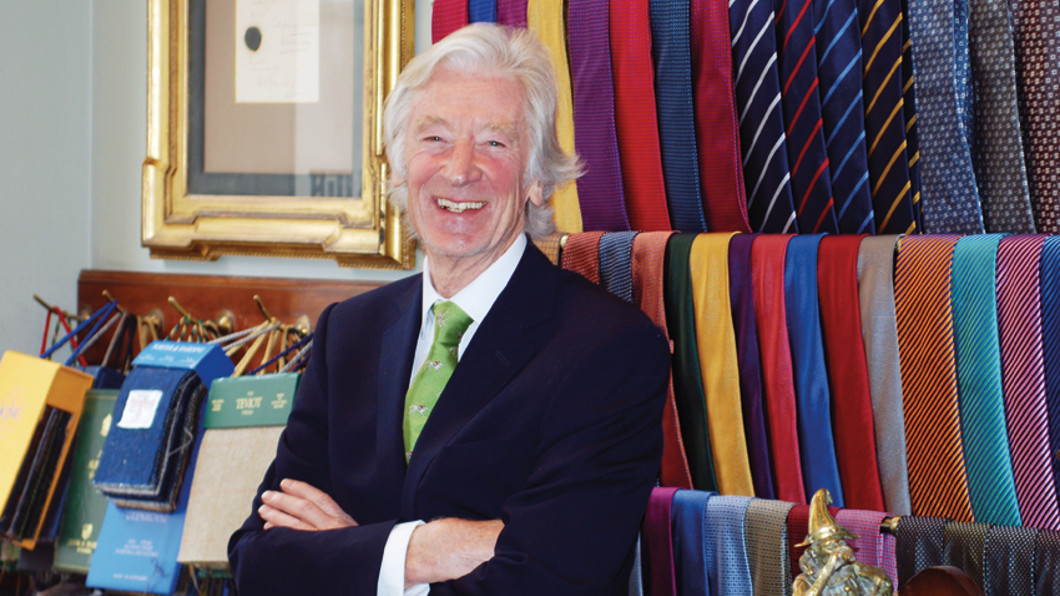The Last Detail: In search of the ultimate white shirt
By Robin Dutt
It’s not even probable. Surely, it is definite. Every gentleman in the land must possess at least one white shirt. Whether he is happy with it or not is another matter, however, for in reality, this wardrobe staple – simple as it is – is a representative of all those sartorial items which might be called “that rare bird of truth”. That a white shirt is not the perfect stage for that perfect neck wear companion is not in doubt. For centuries, for gentlemen, white (or close-cousin variations) informed torsos and necks. And think of an Elizabethan ruff or a Georgian jabot or stock in anything other than white. It would be rather unusual – and undesirable.
So, if we are agreed so far, the next issue is the styling of said garment. It may not be practical for a contemporary suit but I favour a high collar (not quite Harry Hill nor yet, Karl Lagerfeld) and the ones that I love particularly often have significant tails attached which when wrapped around (and around) the neck create a fine cravat. I once owned a superb Comme Des Garcons example in a white self-stripe fine cotton which I think was left behind one morning at a stranger’s house. The questions? Whose did I take instead? And why?!? I never do button downs – nor sport that device for drawing a collar together that looks like a dumb bell for a pigeon.
The mantra for shirting must be: “the plainer the better”, and this is especially true of the white shirt. The perfect white shirt can sport, of course, certain crucial details – French cuffs, forearm anchoring buttons, placets to conceal real mother of pearl button discs (never plastic), side seams to streamline or shaped tails. These details are informers of the wearer’s judicious choice. And then, think of it…we gentlemen are allowed so little sparkle that the cufflink should be praised as a trophy of indulgence and enjoyment. Longmire, Mappin & Webb and even a simple, silken Turk’s Head knot can be relied upon. In the case of the last, the customer may often find fishbowls full to the brim on glass top counters of shirting boutiques in say, Jermyn Street, looking like sweets and costing under (usually) ten pounds.
The National Portrait Gallery in London is a wonderful source of inspiration to view shirting examples on sartorial denizens from every century – useful when choosing your design from shirting stalwarts such as Harvie & Hudson, Turnbull & Asser, Emma Willis and Charvet in Paris. Indeed the simplicity of the honesty of a well cut M&S city shirt is fine too and Pink and TM Lewin have many supporters. The shirting safari is fun. Don’t worry… it’ll be all white. Happy hunting!
Robin Dutt
By Robin Dutt It's not even probable. Surely,






